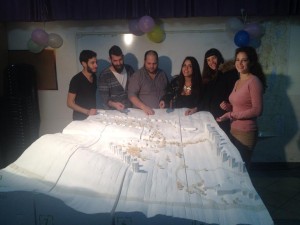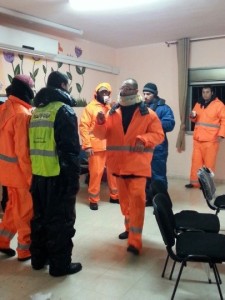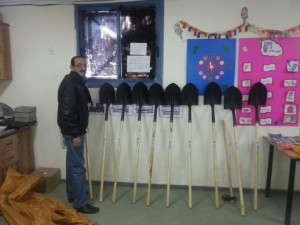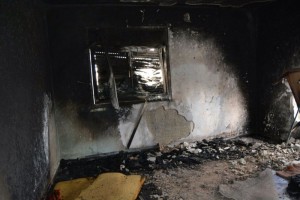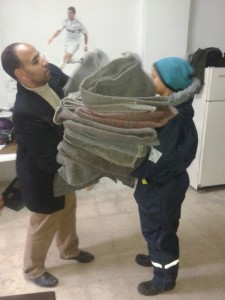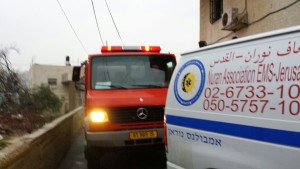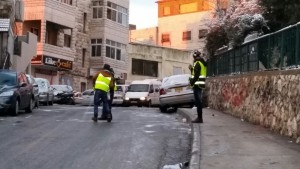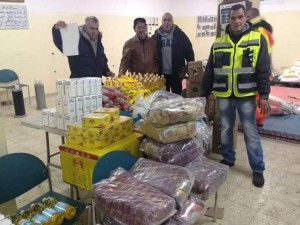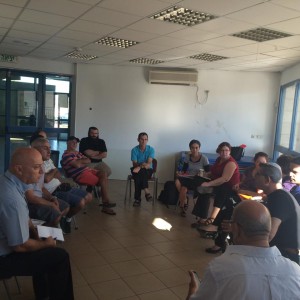Urban Park in the Wadi – Engaging Diverse Populations in Planning Processes in Kiryat Hayovel
Today, Kiryat Hayovel is a neighborhood of contrasts. There are poor residents of North African descent, who were settled in the neighborhood in the 1950’s and 60’s in the tent camp (ma’abarah) and hurriedly-constructed asbestos huts. There are the young, academically-educated professional families who have been moving in, in search of affordable housing not far from the city center. There are the well-to-do who live in large, detached houses with magnificent views of the Jerusalem Hills. There are newer, struggling immigrants, who joined the many of the veteran immigrants in large Eastern European-style tenement housing. They are secular, traditional, religious, and ultra-Orthodox.
How can they come together to plan a neighborhood park?
And this wasn’t just any park. The idea was to discuss future planning for what is coined the “Asbestonim Wadi,” after the asbestos buildings that were used to house new immigrants, which that used to line the valley. The valley, which runs between the Kiryat Hayovel and Kiryat Menachem neighborhoods, today includes a large, worn-down play area, a community garden, a community theater initiative, as well as a large area that is undeveloped altogether.
In fact, they can, and they did. As part of our Deliberative Democracy in the neighborhoods program, supported by the UJA-Federation of New York, we facilitated a fascinating process of participatory democracy in the community, in cooperation with the community council staffs of both Kiryat Hayovel and Kiryat Menachem, municipal planning professionals and the Bezalel Academy of Art and Design. The process included some 150 residents, of all ages, from all backgrounds. In a series of 10 meetings, participants received an overview of the history of the valley; they learned different principles of design and planning in outdoor venues; they mapped the area with aerial photographs, and gave suggestions and opinions on how the valley was to be planned and the roles it will play in residents lives. After each lecture there was a discussion on how the principles learned in the lecture can apply to the valley.
“There was a crazy amount of positive energy at these meetings,” noted our Tal Kligman, who led the process for the JICC. “Everyone, from all walks of life, had ideas, and everyone wanted to contribute. When we planned the meetings, we expected to have 20 -30 residents at each of one. Instead 50 – 60 residents showed up each time!”
The participants enthusiasm spread to engage not only adults in the area, but the children as well. Teachers from the Guatemala Elementary School in Kiryat Menachem built a 3-lesson curriculum that asked the children what they wanted to see in the valley, and are also being taken into consideration in the planning.
The study and planning sessions have finished, so what’s the next stage? The Bezalel students built a model based on the principles agreed upon in the meetings, and feedback was received from the residents. The results of this process have now been passed on to the professional planners. We can’t wait to see how this turns out.




